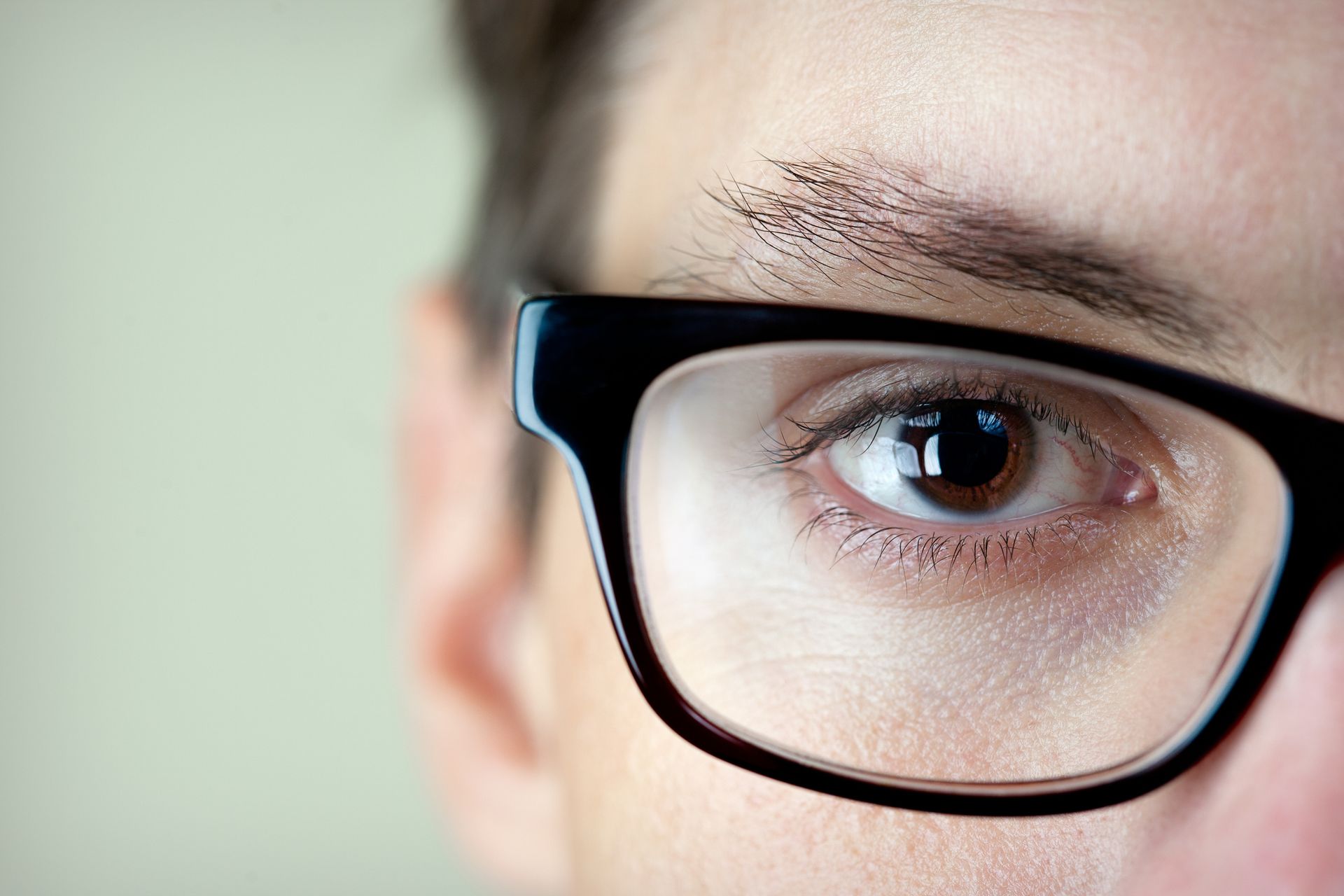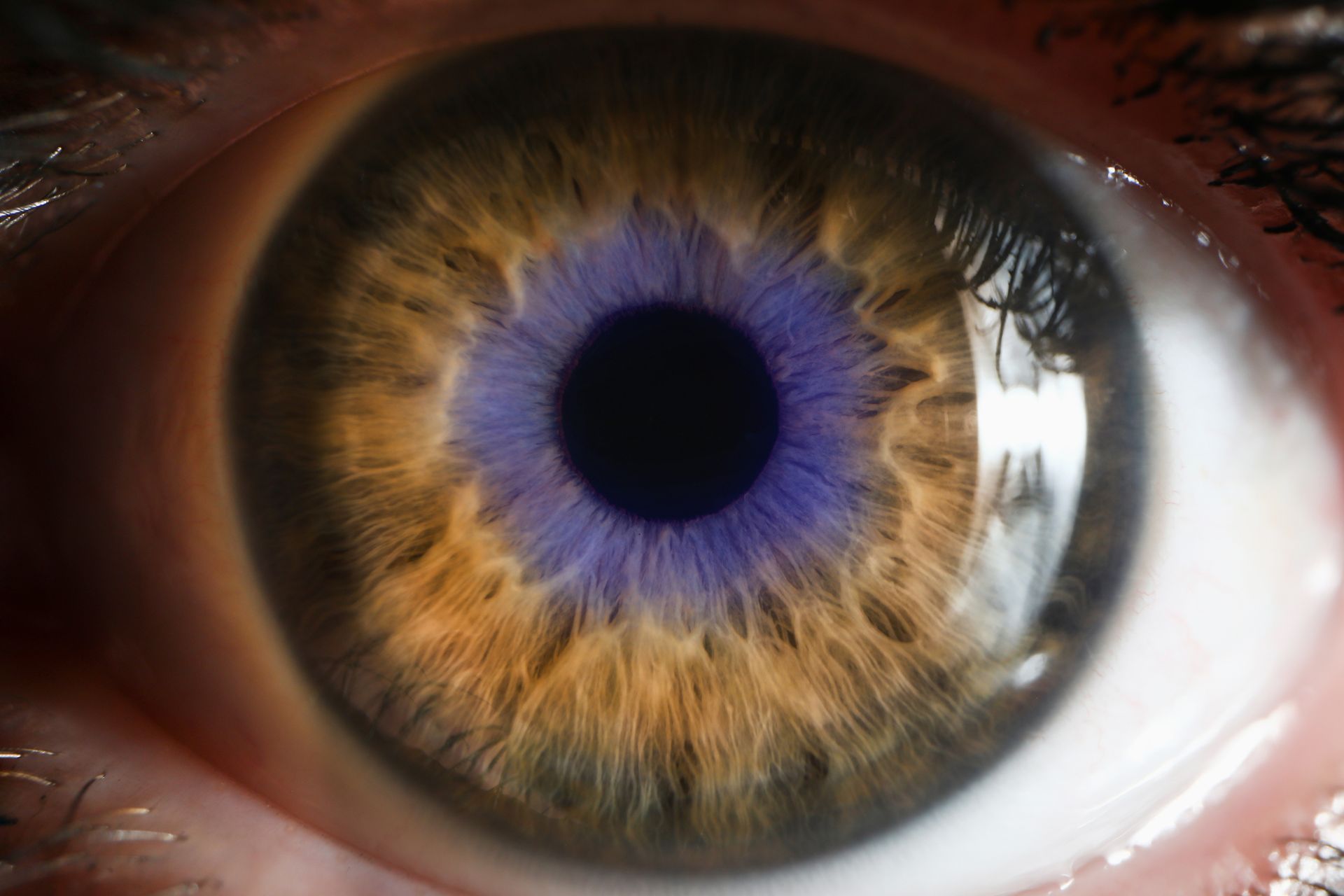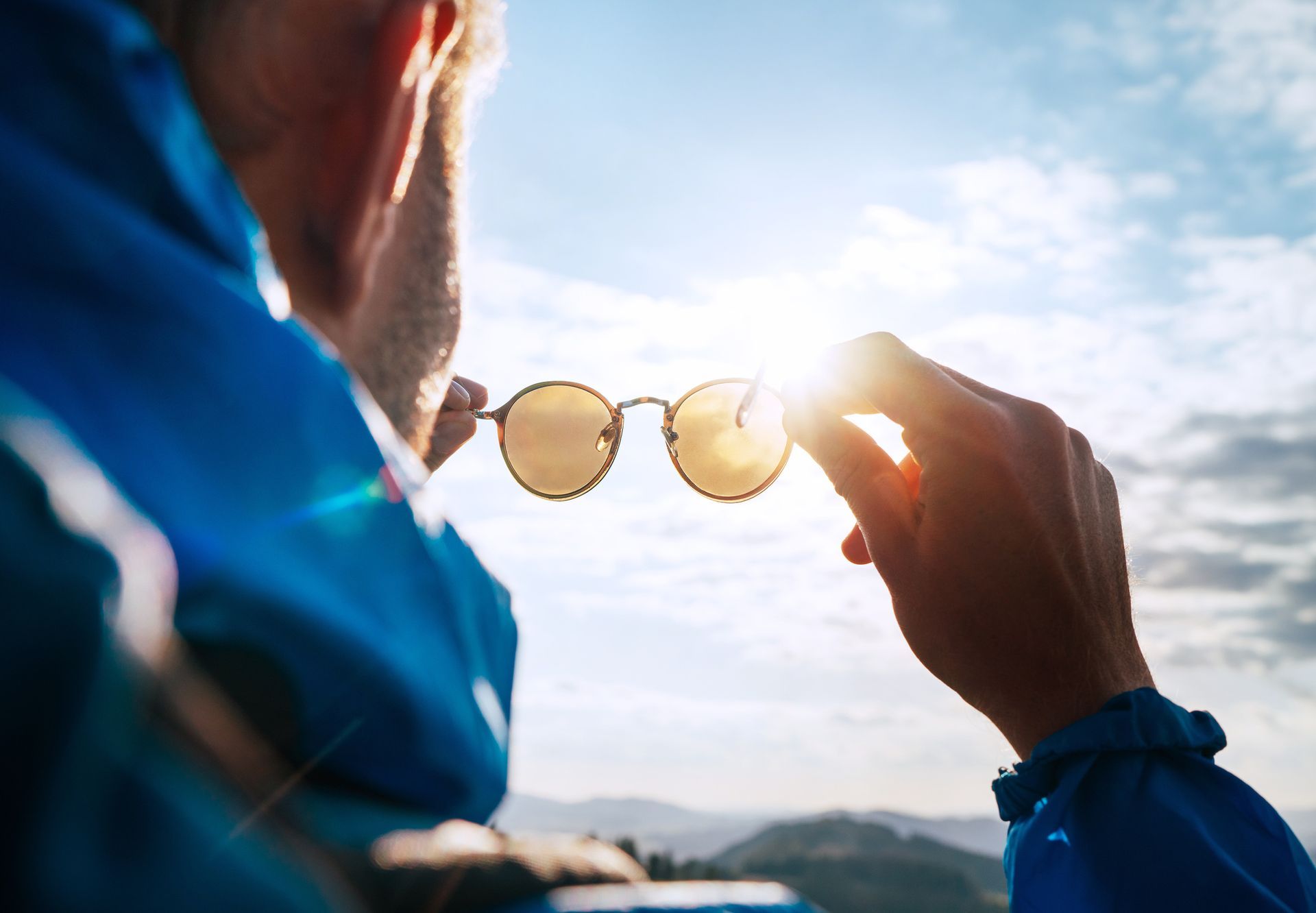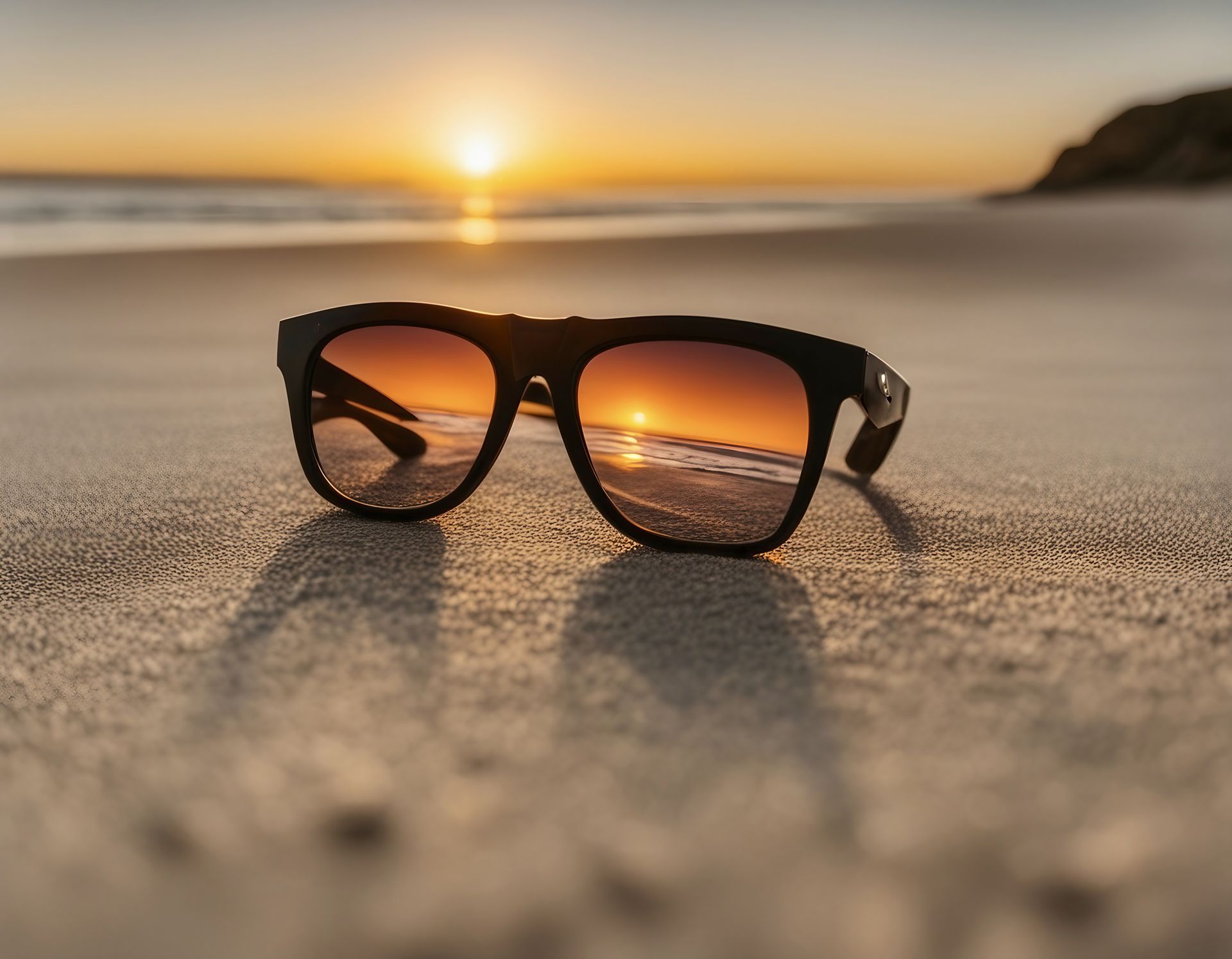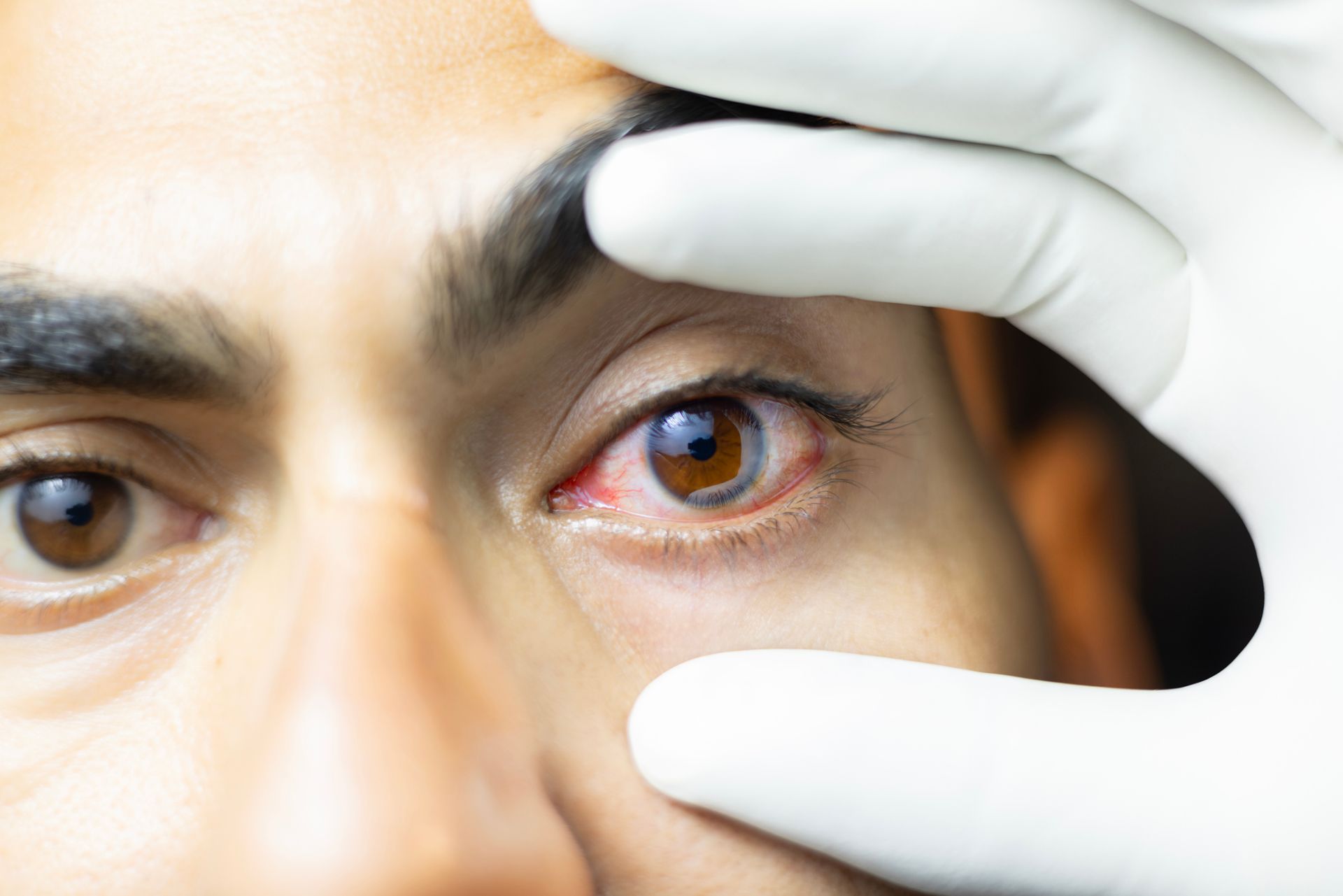Dry Eye Treatment Options: What Works?
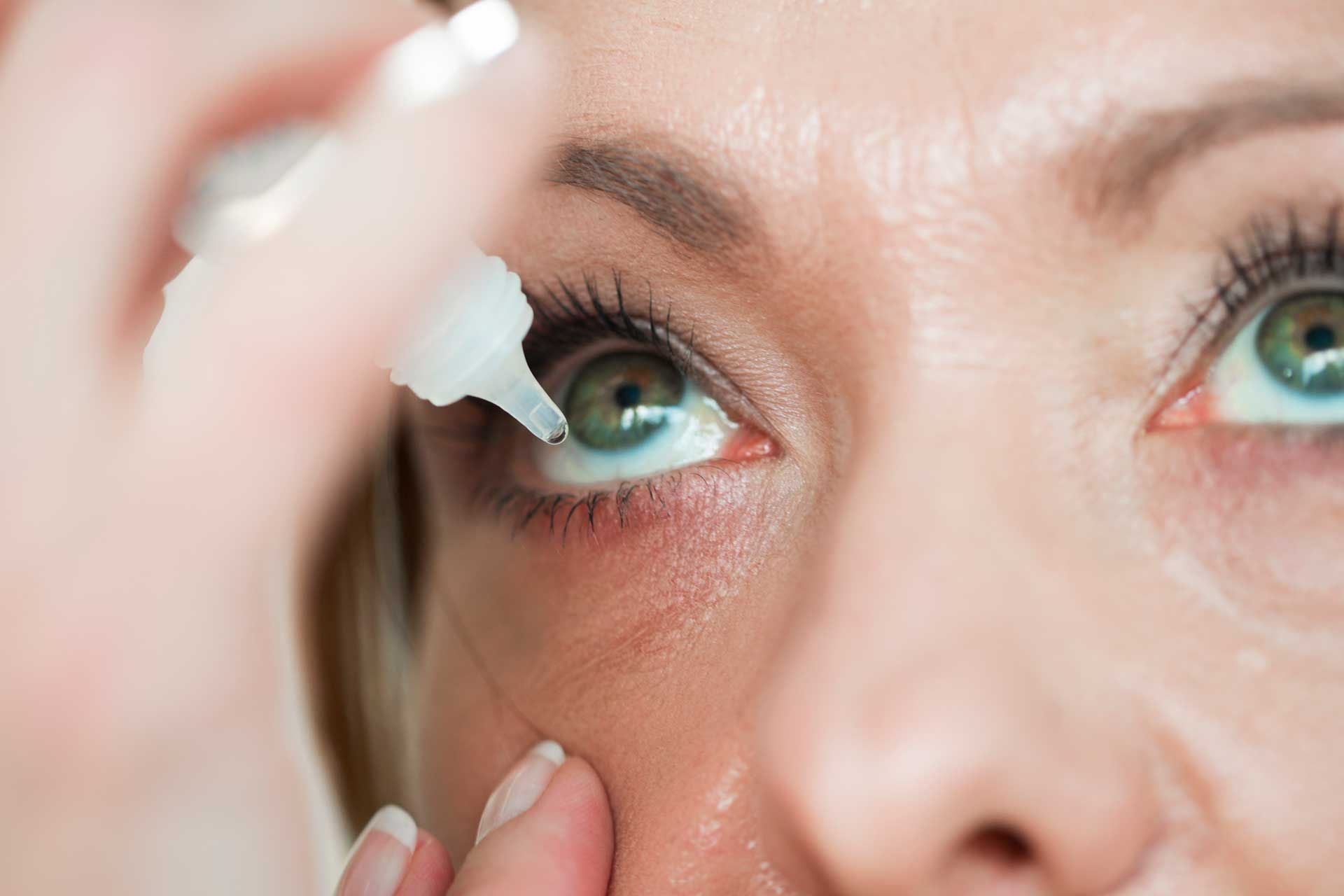
Dry eye can be more than just annoying, it can make reading, working, or even enjoying the outdoors uncomfortable. At VISION Michael Hare Optometrists, we offer a full suite of treatment options tailored to your needs.
What Causes Dry Eye?
- Dry eye occurs when your eyes don’t produce enough tears or when the tears evaporate too quickly. It can result from age, medications, hormonal changes, screen use, or certain health conditions.
Your Treatment Options
We assess the type and cause of your dry eye before recommending the most effective treatment. Options include:
- Low Level Light Therapy: A non-invasive treatment that stimulates oil glands and improves tear quality.
- Intense Pulsed Light (IPL): Targets inflammation and meibomian gland dysfunction to improve long-term comfort.
- Anti-inflammatory drops: Prescription options reduce inflammation that contributes to dry eye.
- Lid hygiene treatments: We offer Blephex lid cleaning and Blephasteam therapy to treat eyelid inflammation (blepharitis).
- Lubricating eye drops: These can relieve symptoms in the short term and are often the first step. While they don’t manage the underlying cause of dryness, they offer temporary relief.
- Punctal plugs: Tiny devices inserted into the tear ducts to keep natural tears on the eye longer.
- Lacrimal lavage: The opposite of punctal plugs, this procedure clears out the tiny drainage tubes that let the tear film drain into the nasal cavity. Blockages here can cause constant watery eyes.
What to Expect
We’ll start with a comprehensive dry eye assessment to understand the root cause. From there, we create a personalised treatment plan to get your eyes feeling comfortable again.
Dry eye is common, but with the right care, it doesn’t have to affect your lifestyle. Book a dry eye consultation at
VISION Michael Hare Optometrists today.
Related Articles
- Sore Eyes: Sudden or Gradual?
- Blurry Vision: Sudden or Gradual?
References:
- Stapleton F, Alves M, Bunya VY, et al. TFOS DEWS II Epidemiology Report. Ocul Surf. 2017.
- Craig JP, Nichols KK, Akpek EK, et al. TFOS DEWS II Definition and Classification. Ocul Surf. 2017.
- Piyacomn Y, Kasetsuwan N, et al. Efficacy of IPL and LLLT in Meibomian Gland Dysfunction. Cont Lens Anterior Eye. 2021.
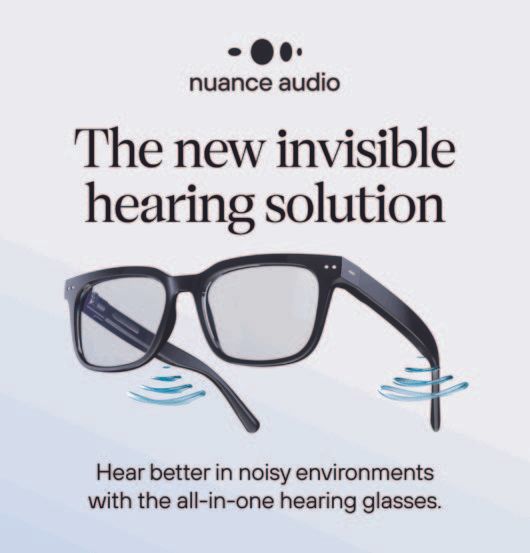
The New Invisible Hearing Solution: Nuance Audio - now available at Vision Michael Hare Optometrists
